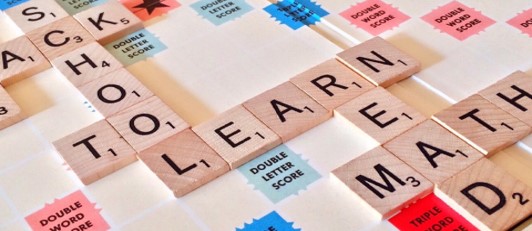Part 1: Visual Perceptual Skills – What are they ?
Visual Perceptual Skills is a term that refers to the process of becoming aware of objects through the sense of vision. Children who have sensory processing disorders, ADHD, Learning Disabilities and Autism often tend to have some degree of difficulty with visual perceptual skills. These skills cover many aspects of vision and consists of abilities such as:

Visual Fixation and Visual Tracking
These two terms refer to coordinating muscles that move the eyeballs. Muscles that surround the eyeballs are designed to work together like a team to guide movements of the eyes so that they can gaze upon items of interest.

- Visual fixation involves the ability to steadily gaze upon a single location of interest, or the ability to hold the eyeballs still. (For example, holding the eyes still while gazing upon the first step of a flight of stairs)
- Visual tracking involves the ability to coordinate movements of the eye muscles so that they can follow or track a target. Targets are sometimes still while the eyes move in order to capture the target. Reading is an example of this type of skill. For example, in the photo above, the letters are still, but the eyes move along each group of letters in order to be able to read the words.
Visual tracking also occurs the eyes move together to follow the flight path of a moving object. In the photo below, the ball is moving while the eyes are moving together to follow the path of the ball.
When children have difficulties with coordination of the body as a whole, they often have difficulties coordinating muscles that move the eyeballs as well.
Visual Discrimination and Visual Association are two other visual skills that contribute to the ability to understand what it is that we are looking at.
- Visual discrimination refers to the ability to recognize objects and to be able to separate them according to features such as size, shape, and color. For example, when finding socks that are alike in a pile of laundry.
- Visual association refers to the ability to match objects with their names and to figure out how to use them.
Visual Motor Integration refers to the use of eye gaze to guide the moves of the body, hands, fingers or feet. Use of vision to guide moves of the body as a whole is commonly seen during sports such as handball, football, or soccer. It is also commonly seen during dance and gymnastic activities.
Meanwhile, in the classroom, the term eye-hand coordination is commonly used to describe the type of fine motor moves most often seen through use of classroom manipulatives and handwriting assignments.
When children are at home, visual motor integration skills help them succeed with daily living tasks such as buttoning, manipulating clothing fasteners and playing with toys.
Visual tracking, visual discrimination, visual association, and visual motor integration are often grouped together as visual perceptual or visual processing skills. These skills work together to help focus the eye gaze upon objects of interest. The ability to focus visual attention upon objects and locations helps to determine what these items are, what names they are called by, and how to use the items appropriately.
For more information about visual perceptual skills, please refer to our post on fine motor skills. You might also find this link helpful in understanding the impact of visual tracking upon academic skills.











Comments are closed.